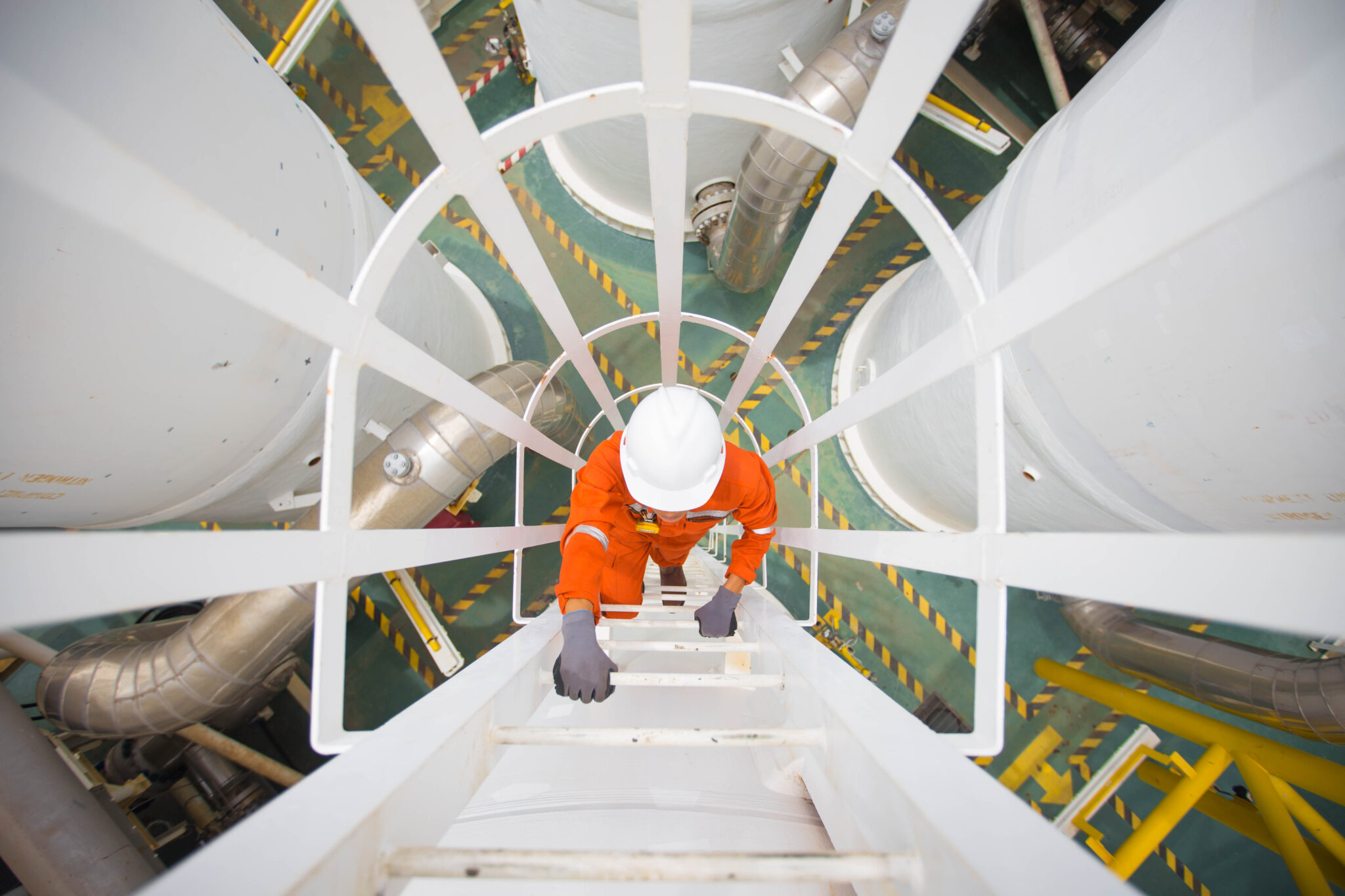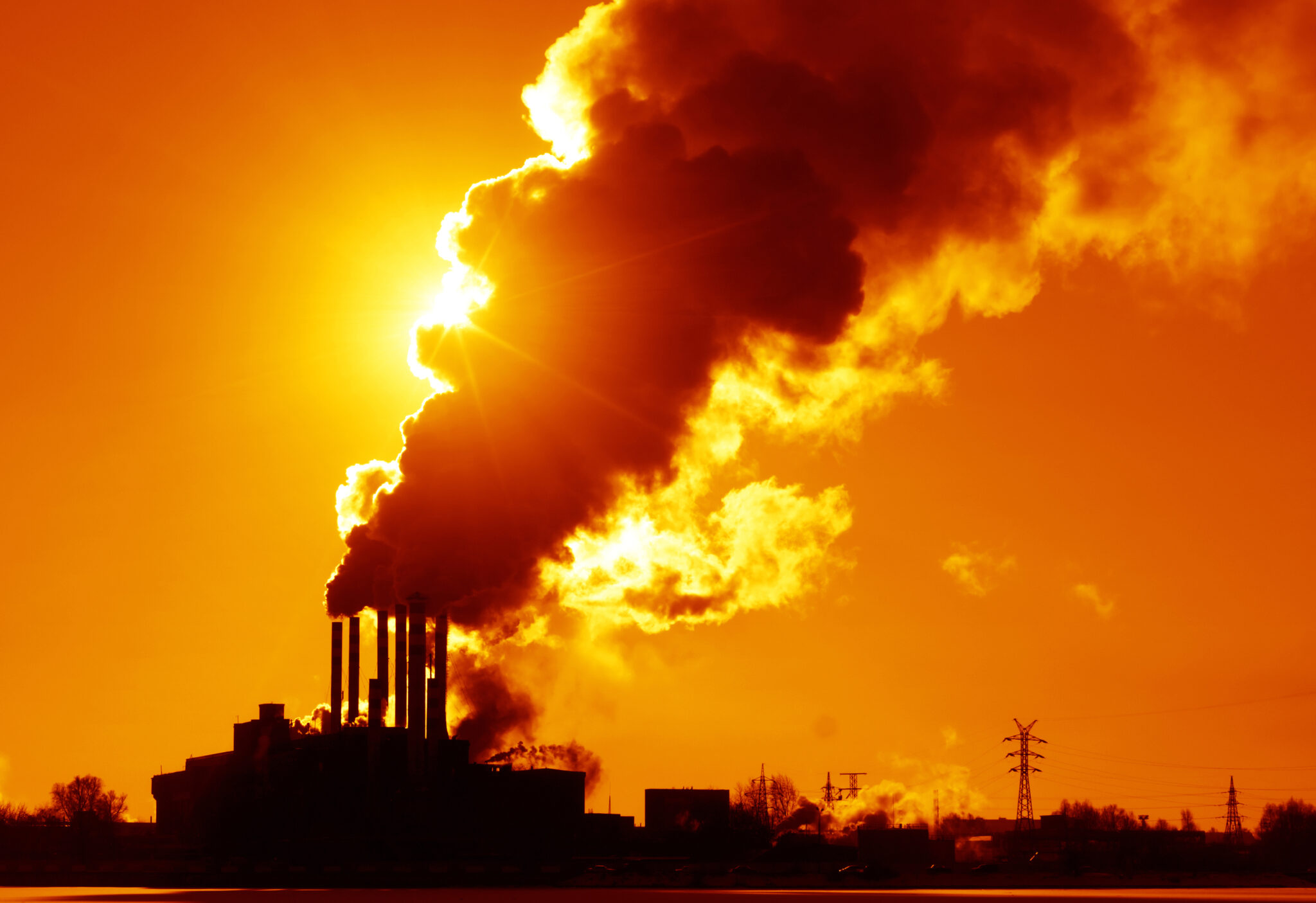With startling insight from the University of Innsbruck reporting that real-world VOC pollution levels are higher than previously believed, Steve Billingham, CEO of Duvas Technologies, discusses what this means for global air quality.
It seems that barely a week goes by without damning news concerning poor air quality. From California to Nepal, smog, haze and pollutants in the atmosphere are damaging human health. But, according to a new academic study from Austria, levels of volatile organic compounds (VOCs) are even higher than previously believed.
The study, undertaken by researchers at the University of Innsbruck and published in the Proceedings of the National Academy of Sciences (PNAS), has revealed the world’s first fingerprint of urban emission VOC sources. The research team examined emissions from transport, solvents and smoking, identifying benzene and toluene gas compounds within the list of most prevalent toxic solvents.
While a significant breakthrough in terms of air quality understanding, the study also revealed that VOC levels are much higher than previously believed. The impact should not be under-estimated. VOCs – key compounds in the makeup of smog – have highly negative implications to public health.
As with any toxin, health effects vary depending on exposure level and duration. While short-term exposure can lead to headaches, visual problems, fatigue and respiratory tract irritation, long-term exposure (even in small concentrations) can cause liver, kidney and central nervous system damage.
Yet, according to the World Health Organization, 92% of the world’s population live in places where air quality guidelines levels are not met. More shocking still when we consider proven links to more than three million premature deaths worldwide in 2012.*
Air quality must clearly rise further up the global priority list but, moreso, accurate monitoring and reporting. If we fail to understand the true magnitude, implementing solutions to minimise impacts will be unachievable.
Fortunately, there have been major advances in the development of air quality monitoring technology – in particular, when it comes to the accurate detection and reporting of VOCs. Alongside proven photoionization detection and gas chromatography technology, advances in UV Differential Optical Absorption Spectroscopy (UV-DOAS) are delivering new levels of precision and flexibility.
Next-generation monitoring solutions, such as the Duvas DV3000, can quickly and clearly analyse gas type and concentration to within parts per billion (ppb) levels. The system is already being used by companies across the petrochemicals industry to deliver fast, accurate, real-time benzene data. However, with the capability of monitoring for up to 13 additional species, its application can play a far wider part in the global air quality market.
Until we unify global legislation, potentially learning from best practice examples from forward-thinking areas such as California, which – as the most polluted State in the USA – is the only place to properly legislate against benzene (and other VOC) emissions, we will have to rely on dated processes to ensure that pollutant levels do not exceed dangerous levels.
The University of Innsbruck’s insight is undoubtedly game-changing. What’s more, our poor understanding of true global VOC levels is hugely worrying. Real-time, geographically-specific data is therefore critical to future progress and legislative change – and technology will play a critical part.









